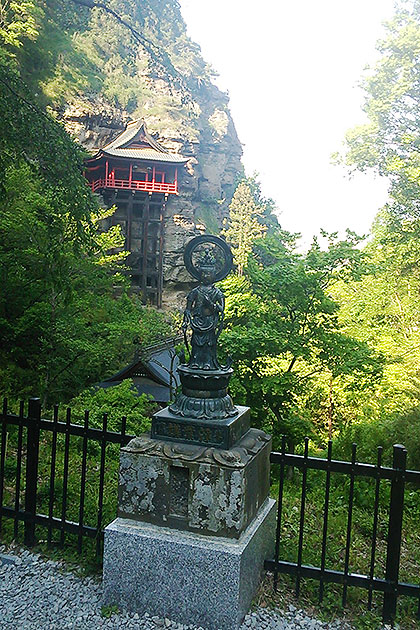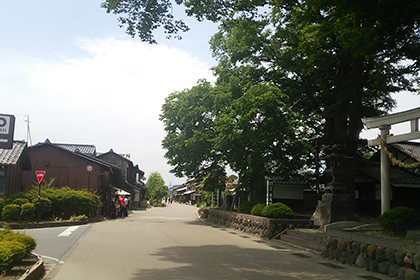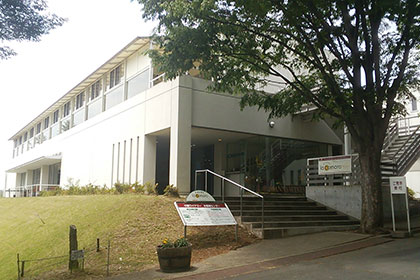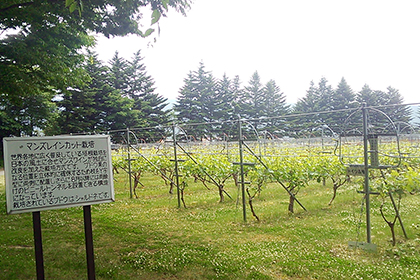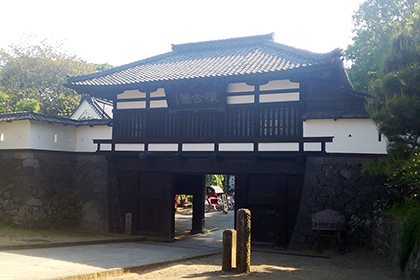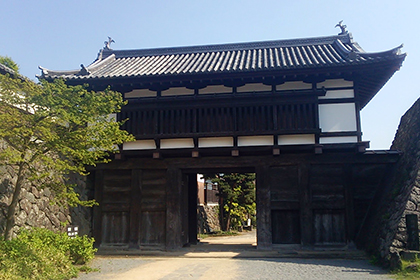

Komoro City Sightseeing Course
[B1] Komoro City Highland Town Attractions Tour Course 4 Hours
- [Departure] Komoro Station
- 15 Min.
- A Nunobiki Kannon 30 Min.
- 15分
- B Unno-juku 30 Min.
- 15 Min.
- C Raiden House 15 Min.
- 15 Min.
- D Manns Wine Komoro Winery 30 Min.
- 10 Min.
- E Komoro Highlands Art Museum 30 Min.
- 15 Min.
- [Arrival] Komoro Station
| Standard (four/five seater) |
Jumbo (nine seater) |
|---|---|
| ¥30,000 | ¥42,400 |
ANunobiki Kannon
Mt. Nunobiki Shakusonji Temple is famous from the legend of the “Pilgrimage to Zenkoji Drawn by Cattle.” It is a famous Tiantai Buddhist Temple called Gyoki Soken located on the west side of Komoro Station.BUnno-juku
Unno-Juku was established as an outpost waystation along the Hokkoku Highway in 1625. The Hokkoku Highway (Hokkoku Kaido) was a critical route connecting the Nakasendo and Hokuriku routes, and was used for the transportation of gold from Sado as well as traveled by the Daimyo lords of Hokuriku in their biannual residence in Edo under the Tokugawa Shogunate (known as sankin-kotai). The route experienced frequent exchange with Edo and also saw numerous pilgrims to Zenkoji.CRaiden Home
The unparalleled sumo wrestler Raiden Tameemon was born in present-day Shigano, Tomi City. His potential for talent was spotted in Urakaze when he was a child and he later entered the Edo sumo world at the age of 17. He was promoted to the heavyweight ozeki class in 1795 where he maintained the top spot over a span of 16 years and 27 locations, chalking up a win ratio of 96.2%.DManns Wine Komoro Winery
The Manns Winery location features weather conditions that are suited to wine making, with cool air, little rain, and low humidity, giving it a very similar feel to the best wine production centers of France. The wine cellar is located below a spectacular Japanese garden, where the wine ages slowly and matures into outstanding wine.EKomoro Highlands Art Museum
The Komoro Highlands Art Museum opened in October 2010 with the mission of being the hub of art promotion. The collection features portraits donated as presents from the artist Shiratori Eisetsu of the Japanese Arts Academy as well as works by the forebears — Banka Maruyama, Kokki Miyake, and Shuji Koyama — of Japanese watercolor paints connected to the Komoro Gijuku School.[B2] Komoro City Komoro Historic Attraction Course 2 Hours
- [Departure] Komoro Station
- 5 Min.
- A Kaiko Park 30 Min.
- B Komoro Castle Complex
- 20 Min.
- C Nunobiki Kannon 30 Min.
- 15 Min.
- D Komoro Gijuku School 20 Min.
- E Komoro Gijuku School Memorial 10 Min.
- 10 Min.
- [Arrival] Komoro Station
| Standard (four/five seater) |
Jumbo (nine seater) |
|---|---|
| ¥15,000 | ¥21,200 |
